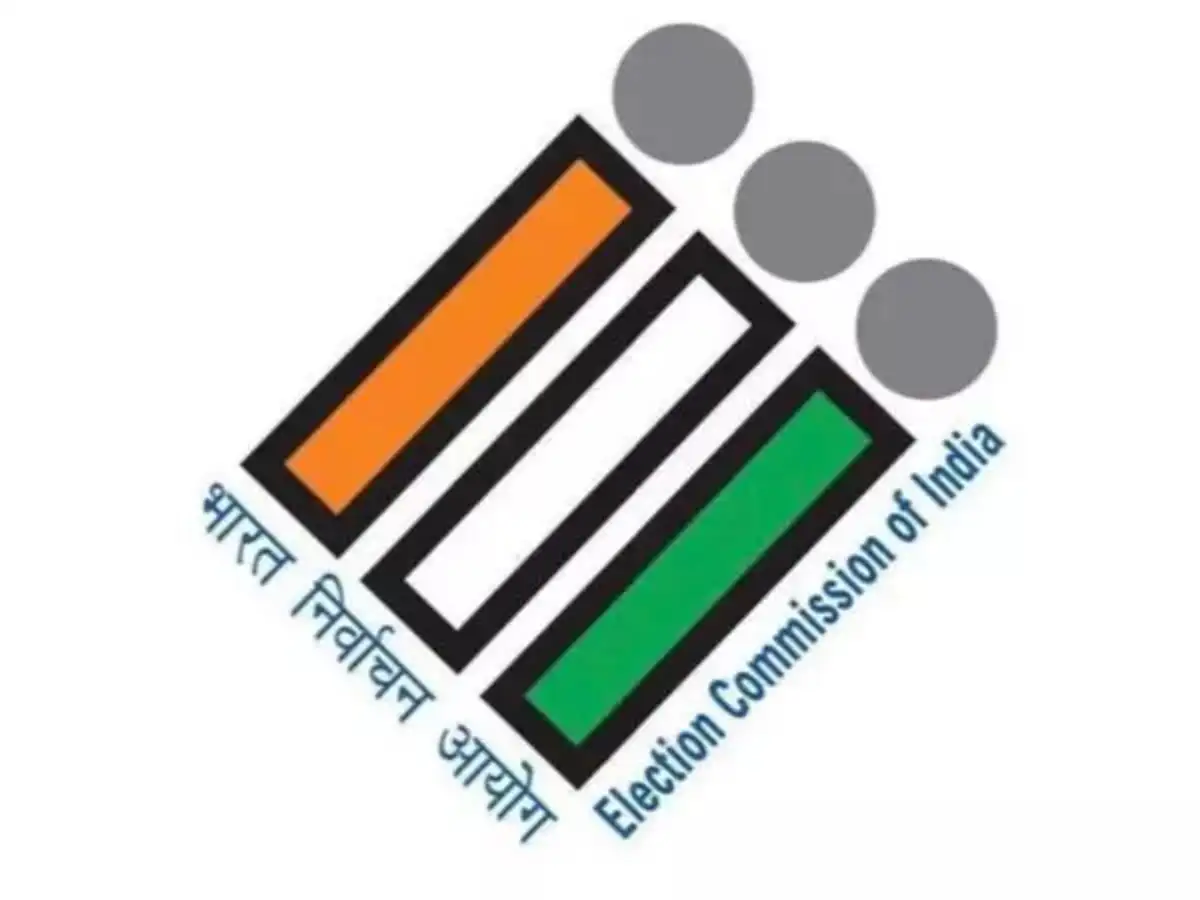Now Reading: Sharp Drop in Voter Numbers in Bihar Raises Questions Ahead of Elections
-
01
Sharp Drop in Voter Numbers in Bihar Raises Questions Ahead of Elections
Sharp Drop in Voter Numbers in Bihar Raises Questions Ahead of Elections

A significant fall in voter count has been reported from several districts in Bihar, with Gopalganj seeing the steepest dip of over 15 percent. As the Election Commission updates the electoral rolls, the numbers from regions like Kishanganj and Purnia are sparking concern, especially in areas known for high migration and demographic shifts. The drop is not just statistical—it could influence political equations in the state.
Voter Count Falls in Key Districts
The ongoing revision of Bihar’s voter list has revealed that Gopalganj district recorded the highest decrease in voter registration, followed by districts in the Seemanchal region like Kishanganj and Purnia. In some blocks, the reduction is being linked to large-scale out-migration for work, discrepancies in documentation, and delays in Aadhaar linking.
Election officials maintain that the revision is part of a standard cleanup drive to remove duplicate or outdated entries. However, the magnitude of decline in certain areas has raised eyebrows among political observers.
Political Reactions and Local Impact
Parties with strong bases in these districts are closely watching the numbers. In regions like Seemanchal, which hold importance for minority and regional votes, a fall in voter figures could shift margins in close contests. Some local leaders have raised concerns about potential disenfranchisement if genuine voters are being removed due to technical lapses.
On the other hand, some political groups are welcoming the update, arguing that a clean and verified voter roll is essential for fair elections. The revision is also being seen in the context of voter identification drives, which have been unevenly implemented across districts.
Why It Matters to Tier 2 Towns and the Rural Population
Districts like Gopalganj, Purnia, and Kishanganj may not always dominate national headlines, but they play a key role in Bihar’s political landscape. These are also areas where many families have members working in cities like Delhi, Mumbai, or Surat—making them vulnerable to being left out during voter verification.
The situation highlights the need for stronger on-ground coordination during electoral roll revisions, especially in rural and semi-urban regions. It also points to the gap in digital awareness and accessibility among migrant families, many of whom struggle to complete formal updates to their documents.
Conclusion
The sharp fall in voter numbers in Bihar is more than a clerical update—it’s a reflection of deeper demographic and administrative issues. With elections on the horizon, ensuring that every eligible citizen is counted becomes critical. For tier 2 cities and rural voters, this episode is a reminder of how essential documentation, outreach, and transparency are in maintaining the integrity of democratic participation.

























